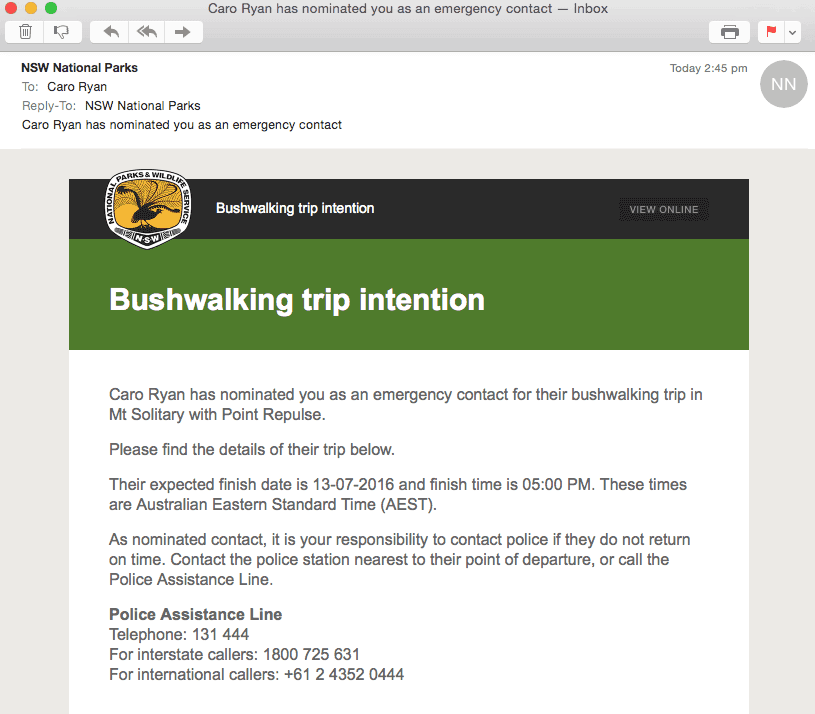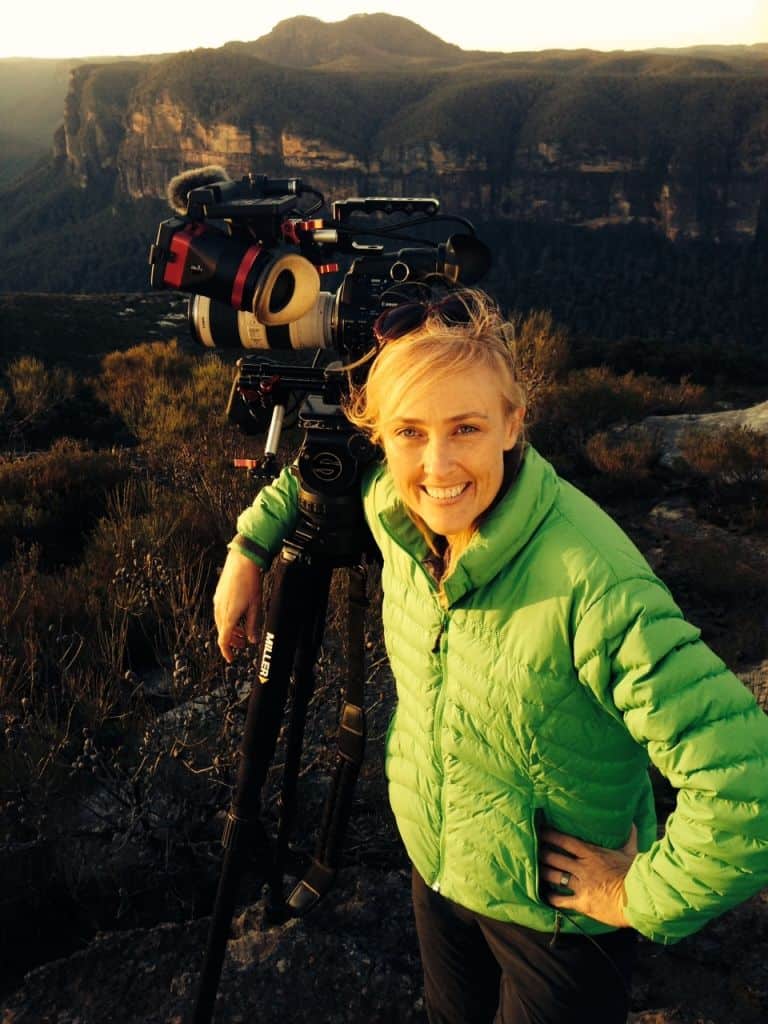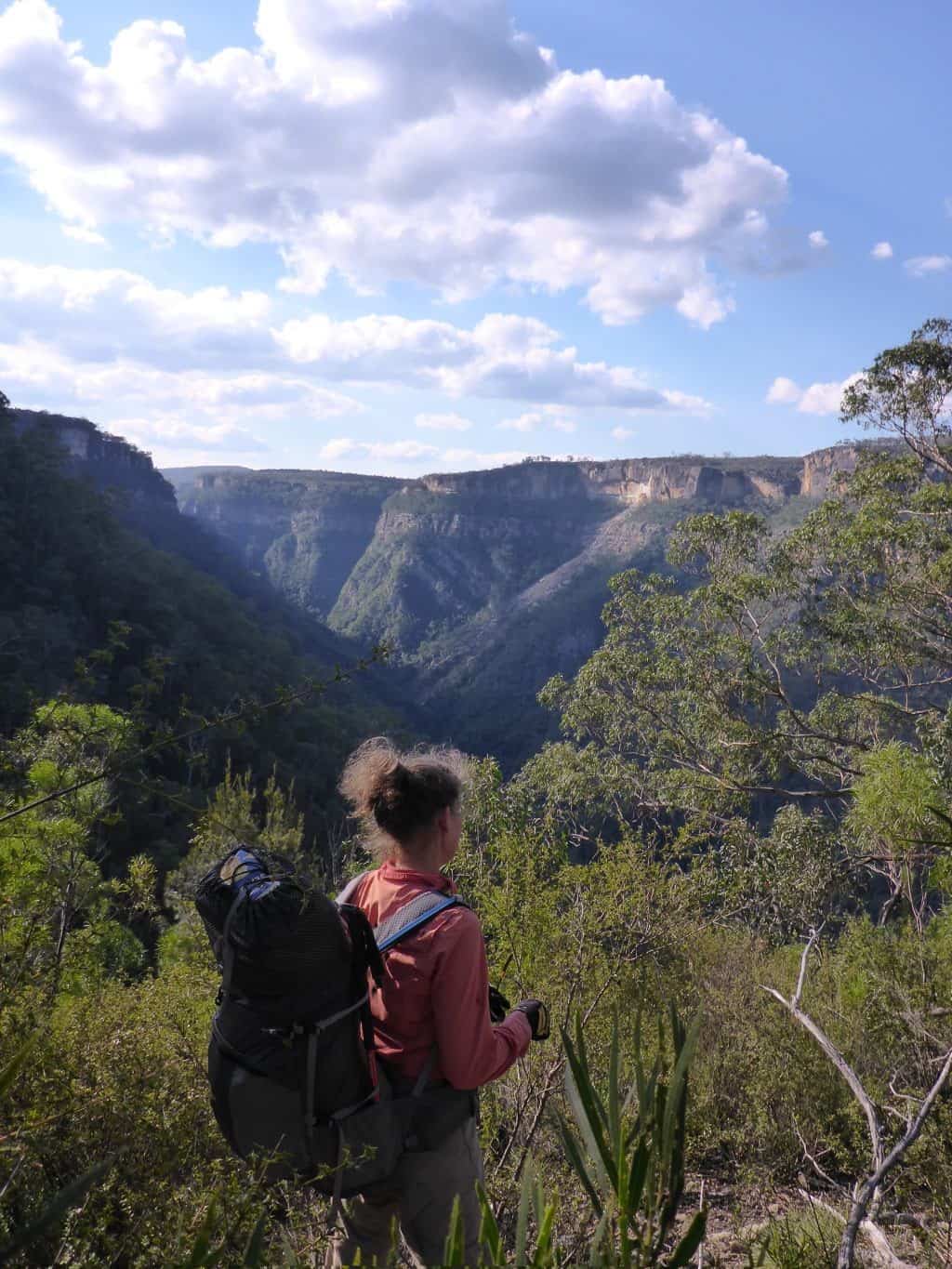How not to be another missing bushwalker!
Here in Australia, we’ve jumped head-first into Spring time which means that not only are the wildflowers coming out in abundance in our National Parks, but so too are hikers, that’s bushwalkers to us Aussies! Therefore, it seems like a good time to cover off some of the basic preparation that everyone should do before heading out on an adventure, to ensure that they are hiking safely and doing all they can to avoid embarrassment at the low end of the mis-adventure scale or tragedy at the extreme end.

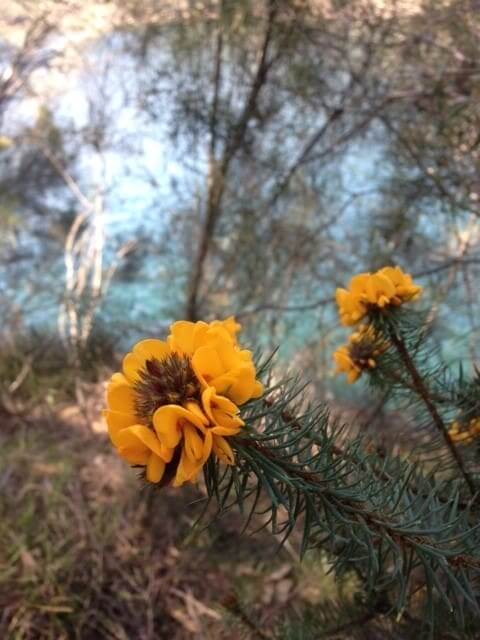
Lately, it’s felt as though every week we are hearing news reports of bushwalkers or canyoners going missing, followed by the usual discussions on internet forums or talk back radio dissecting the situation.
The fact is that things can go wrong for anyone, no matter how experienced or prepared you are, such as injury or becoming ‘navigationally challenged’. However, the big difference is that if you are prepared and follow some basic tips for hiking safely, then the severity of that mis-adventure can be greatly reduced or managed in the field, without need for external support.
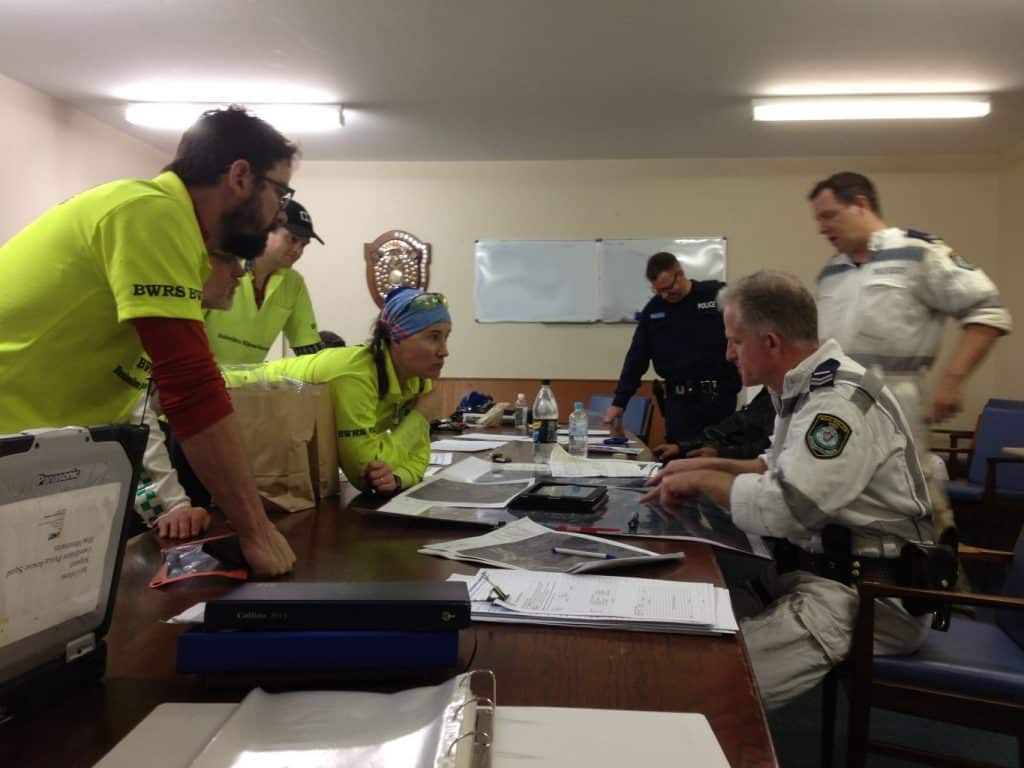
Speaking of external support, of course I’m going to use this opportunity to shout out for the great work of the volunteers at Bushwalkers Wilderness Rescue Squad that I’m a part of. This dedicated bunch of individuals train hard – so we can rescue easy. At BWRS, we work with the great people of the Police Rescue Squad. [Yes, for those of you around the world who remember the Aussie TV show from the 1990’s that sold internationally (I remember seeing it in Africa in 1997, dubbed into Swahili!), these guys do exist… white overalls and all.]

As part of the Six Foot Track project last year, I interviewed Sergeant Ian Colless from Blue Mountains Police Rescue and asked him about the TREK program, that he developed. A simple acronym to help keep everyone safe in the bush.
T – Take adequate supplies of food, water, navigation and first aid equipment.
And as it’s not a good idea to walk alone – don’t forget to take Friends along too. If none of your friends are into hiking, think about joining a bushwalking or hiking club. It’s a great way of expanding your knowledge and finding like minded buddies.
R – Register your planned route
and tell friends and family when you expect to return – and then don’t forget to tell them when you’ve got back to your car or home safely.
E – Emergency beacon
(PLB’s) are available free of charge from NSW Police Stations in the Blue Mountains, Hawkesbury and Oberon region and also Blackheath NPWS. In Australia, you can also hire them from the awesome Neil at Bushwalking Blog.
K – Keep to your planned route
and follow the map and walking trails. An amazing resource that we’re lucky to have in these parts is Wildwalks. My good mate Matt McClelland has worked tirelessly on this site for years, putting together detailed maps, track notes and photographs, to outline (almost) every step of the way on lots of great hikes around NSW.
If you’re not sure how to fulfil the “T” (take) part of this, checkout this video where I show you what’s inside my backpack even for just a short bushwalk.

or if you’re heading out for longer… my overnight backpack!

Q: Have you ever found yourself lost or navigationally challenged out in the wilderness? What did it feel like and what did you do?

